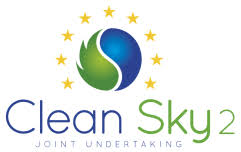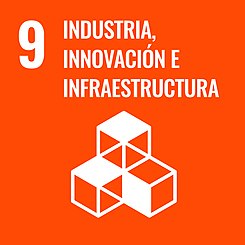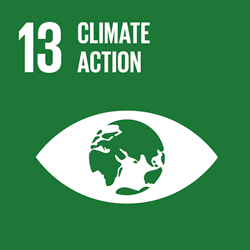Technological watch
Progress in the Valorization of Fruit and Vegetable Wastes: Active Packaging, Biocomposites, By-Products, and Innovative Technologies Used for Bioactive Compound Extraction
According to the Food Wastage Footprint and Climate Change Report, about 15% of all fruits and 25% of all vegetables are wasted at the base of the food production chain. The significant losses and wastes in the fresh and processing industries is becoming a serious environmental issue, mainly due to the microbial degradation impacts. There has been a recent surge in research and innovation related to food, packaging, and pharmaceutical applications to address these problems. The underutilized wastes (seed, skin, rind, and pomace) potentially present good sources of valuable bioactive compounds, including functional nutrients, amylopectin, phytochemicals, vitamins, enzymes, dietary fibers, and oils. Fruit and vegetable wastes (FVW) are rich in nutrients and extra nutritional compounds that contribute to the development of animal feed, bioactive ingredients, and ethanol production. In the development of active packaging films, pectin and other biopolymers are commonly used. In addition, the most recent research studies dealing with FVW have enhanced the physical, mechanical, antioxidant, and antimicrobial properties of packaging and biocomposite systems. Innovative technologies that can be used for sensitive bioactive compound extraction and fortification will be crucial in valorizing FVW completely; thus, this article aims to report the progress made in terms of the valorization of FVW and to emphasize the applications of FVW in active packaging and biocomposites, their by-products, and the innovative technologies (both thermal and non-thermal) that can be used for bioactive compounds extraction.
Publication date: 12/10/2021
Author: Mohd Salahuddin Mohd Basri
Reference: doi: 10.3390/polym13203503







